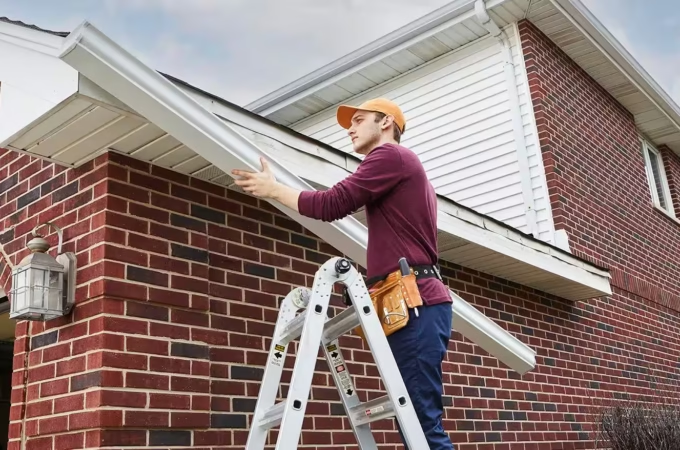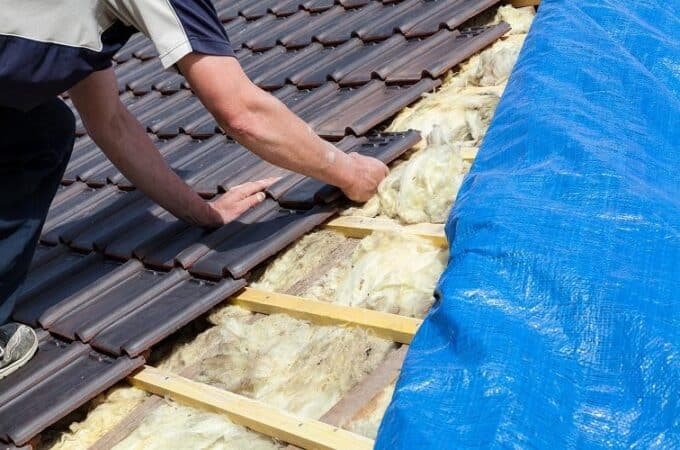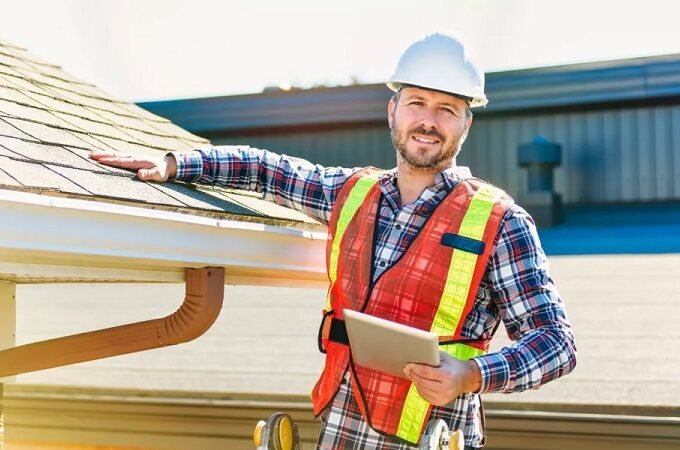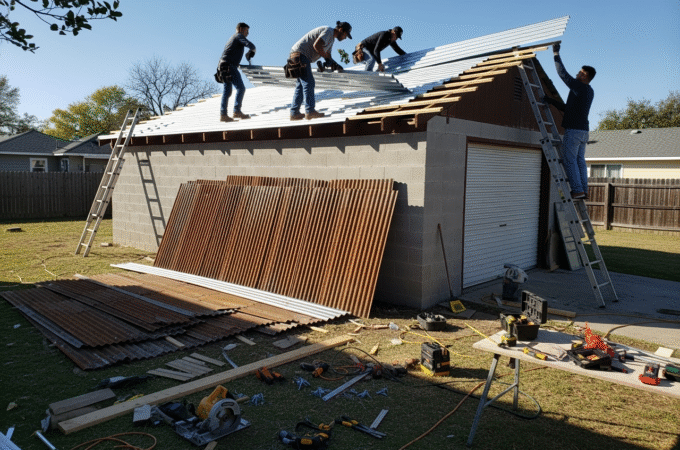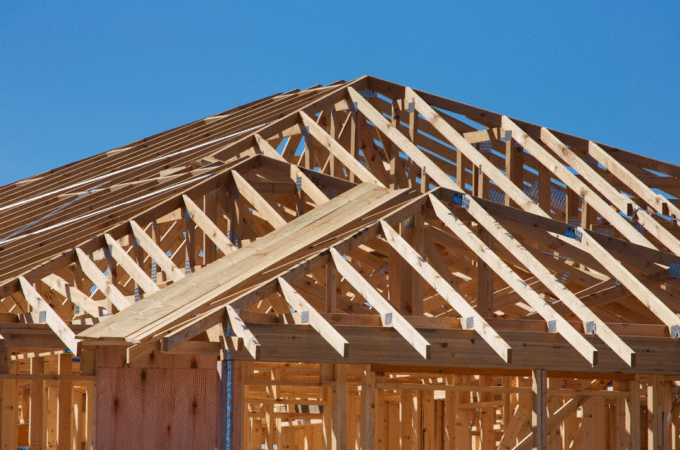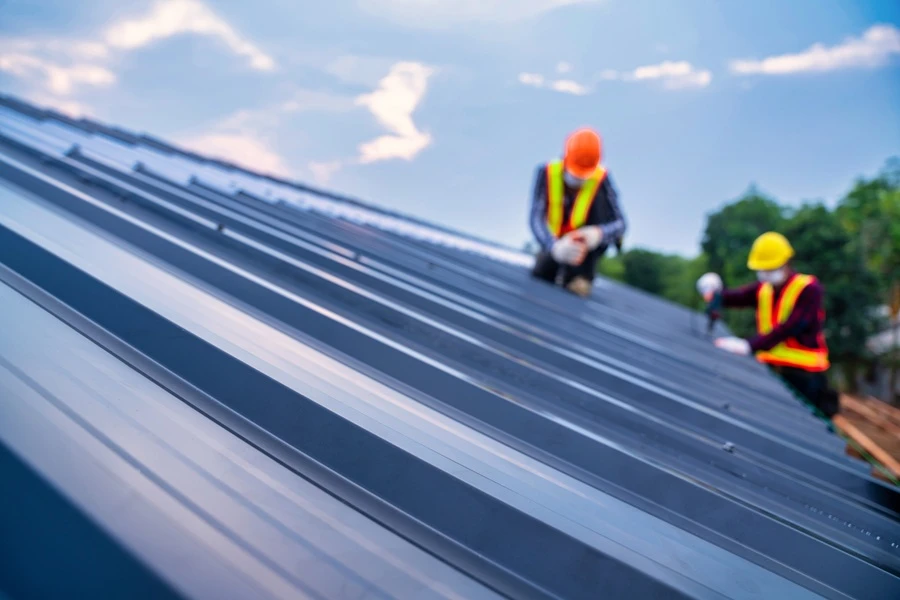
The Key Components of a Reliable Commercial Roofing System
A reliable commercial roofing system is a vital asset for every business facility. Rather than simply providing overhead protection from sun and rain, a well-engineered commercial roof preserves the structural integrity of the building, protects valuable equipment, controls climate within the workspace, and ensures business continuity regardless of seasonal weather extremes. Overlooking minor details during design, installation, or maintenance can lead to costly disruptions, premature degradation, and frequent repair bills.
Treating a commercial roof as an integrated, multi-layered system—rather than a collection of unrelated parts—helps avoid common pitfalls. It ensures every component enhances the effectiveness of the whole. Sound decision-making starts with choosing professional commercial roof installation, where every layer, from vapor barrier and insulation to membrane and flashing, is installed for maximum synergy and performance. The following guide explores essential components, industry best practices, and emerging innovations contributing to reliable commercial roofing systems.
Table of Contents
ToggleRoofing Membranes and Material Selection
Roofing membranes are the outermost defense against wind, rain, sun, and mechanical impacts. The market offers an array of material choices, including TPO, EPDM, PVC single-ply systems, modified bitumen, built-up roofing (BUR), and various metal roofing assemblies. Each option carries its own strengths and applications: TPO’s energy efficiency and resistance to chemical exposure make it a favorite for modern warehouses and retail. EPDM’s durability and UV tolerance give excellent results on large-scale facilities exposed to direct sunlight or fluctuating temperatures.
Built-up and modified bitumen roofs are favored for their robustness in high-traffic zones and cold climates requiring layered protection. Meanwhile, metal systems—though requiring higher initial spending—are lauded for their longevity, fire resistance, and compatibility with solar technologies. Recommendations from architectural specialists emphasize balancing installation cost, anticipated wear, environmental exposure, and future maintenance needs during membrane selection. Membrane system warranties can span 10 to 40 years, but only if original installation and accessories, such as adhesives, cover boards, and coatings, are compatible and expertly applied.
Compatibility with other system elements—drainage, insulation, flashings, and even rooftop machinery—must always be factored into the initial planning. Meticulous attention to product compatibility reduces the chances of chemical breakdown, moisture entrapment, and thermal expansion issues, thereby supporting uninterrupted performance well into the future.
Insulation and Thermal Barriers
Insulation is the unsung hero of high-performing roofs. Polyisocyanurate, extruded polystyrene (XPS), and expanded polystyrene (EPS) are chosen based on climate, compressive strength, and building code requirements. Proper insulation scheduling, using staggered boards and continuous sealing, creates an invisible thermal shield, optimizes building energy use, lowers heating and cooling bills, and ensures stable indoor conditions for people and equipment.
The U.S. Department of Energy documents significant operating savings for facilities that exceed baseline insulation R-values, particularly in regions with temperature extremes. This approach delivers a direct reduction in utility expense and supports strategies for green building certification or tax incentives. To avoid condensation promoting mold and rot, insulation is typically paired with vapor barriers and air retarders, which fully isolate the occupied space from external moisture.
An effective insulation plan means more than thickness; it depends on a tight fit, correct fastening, and intact vapor barriers across the entire roof plane. Over time, careful insulation design and maintenance combat heat loss, ice damming, and weather-driven expansion and contraction, supporting comfort and structural preservation goals.
Drainage and Waterproofing Systems
Poor drainage is one of the top causes of commercial roof failure. Water left to pool on the surface will degrade materials, promote moss or microbial growth, and find its way into joints through even the smallest punctures. Precise engineering is needed to guide rainwater from the roof surface to gutters, scuppers, or interior drains, often using sloped insulation or structural pitch. Designers employ multiple outlets, overflow drains, and safe discharge routing to ensure any failure does not compromise the system’s ability to shed water.
Waterproofing extends beyond the membrane, integrating underlayments, seam tapes, cold- or hot-applied liquids, and carefully planned detailing at transitions and terminations. High-pressure zones—near parapet walls, HVAC curbs, and drains—require reinforced solutions. Periodic inspection and cleaning of drainage channels are essential maintenance tasks, as short-term blockages can cause extensive damage if left unchecked. A comprehensive waterproofing and drainage strategy protects the visible surface, every underlying layer, and the building’s interior assets.
The Role of Roof Support Structure
The reliability and lifespan of any roofing system depend heavily on the strength and condition of its supporting structure. This framework—often made from steel bar joists, precast concrete, or engineered wood—bears all system dead and live loads, from the membrane and insulation to snow, wind, and maintenance traffic. Proper alignment and slope in the structure are vital, as even small errors can create water ponding or mechanical stress, ultimately accelerating membrane wear.
Periodic structural assessments are recommended, especially during replacement or retrofits. Core sampling, load testing, and visual examination reveal hidden vulnerabilities like rot or corrosion. Updating beams or retrofitting supports enables facilities to accommodate heavy new equipment, rooftop gardens, or solar arrays. Investing in the roof structure preserves safety and opens the door to future resilience and adaptation.
With a robust support framework in place, facility managers are empowered to plan maintenance and future upgrades without fear of unforeseen compromises in roof performance or building security.
Flashings and Penetrations
Professional-grade flashings bridge the gap when the main membrane is interrupted by walls, skylights, mechanical curbs, or pipes. Custom-bent metal or reinforced membrane strips must flex with building movement, withstand expansion and contraction, and eliminate water entry at joints. Because these areas are most vulnerable to leaks, incorrect installation is a leading cause of roof failure and subsequent interior damage.
Best practices call for regular visual inspection of all penetrations, re-sealing as materials age or shift, and keeping detailed records of locations and work performed. Routine repairs of broken or separated flashings quickly restore water tightness and allow the roof to perform at its full design potential.
Modern flashing systems are constantly evolving, as new attachment methods, weatherproofing adhesives, and composite products hit the market. Added care in this area also extends the useful life of the main roofing membrane and insulation below.
Ventilation and Energy-Efficiency Features
Modern commercial roofs are built to “breathe” and repel water. Proper ventilation boosts roof lifespan by reducing temperature extremes and rapidly dissipating internal moisture. Techniques include static or powered exhaust fans, ridge vents, and carefully engineered soffit and intake vents, all of which encourage air circulation to control humidity year-round.
Energy-efficient roof features, particularly cool roof systems with reflective membranes or coatings, can lower rooftop temperatures by dozens of degrees even on the hottest days, relieving pressure on interior cooling equipment and reducing overall utility usage. As cities face growing “heat island” effects, such technologies contribute to wider community environmental goals.
Integrating insulation, ventilation, and reflective surfaces allows building owners to achieve both energy savings and long-term durability, protecting the structure from the adverse impacts of heat, moisture, and condensation.
Installation Quality and Ongoing Maintenance
A highly reliable roofing system only achieves its full potential when superb materials are matched by first-rate installation. Engaging the right partner for professional commercial roof installation ensures every part of the assembly, from fastener to flashing, is placed according to manufacturer guidelines and local building codes. This attention to detail means the roof will meet contemporary standards for wind uplift, penetration sealing, and drainage, which are essential for warranty coverage.
Maintenance starts on day one, with regular visual assessment, debris clearing, small repairs, and fast action after storms or high-wind events. The best programs now leverage drones and advanced sensors to spot hidden leaks, areas of ponding, or insulation breakdown, so that issues are detected and fixed before they become costly failures.
Proactive maintenance programs should include a calendar of inspections, a checklist for all drains, penetrations, and sealants, and thorough records of every repair. This systematic approach can extend a roof’s useful life well beyond its nominal warranty period and deliver unmatched peace of mind.
Emerging Trends and Best Practices in Commercial Roofing
The commercial roofing landscape is transforming due to technological advancements, resilience, and sustainability. According to recent industry analysis, more businesses are adopting “smart” roof systems packed with sensors to monitor leaks, ponding, and temperature changes remotely in real time. This proactive data empowers building owners and facility managers to resolve issues before they threaten day-to-day operations or asset value.
There’s also increasing momentum behind green roofing systems—living roofs, modular gardens, and solar array-ready membranes—that support stormwater management, biodiversity, and utility savings. Modular or prefabricated systems are rising in popularity for their guaranteed quality and speed of installation. Meanwhile, recycled-content membranes, high-wind and hail-rated assemblies, and environmentally certified products are standard in today’s best-in-class builds.
Forward-thinking property owners who keep pace with these trends achieve roofs that are more than just barriers; they become energy assets, eco-friendly features, and operational safety nets that strengthen business resilience for decades.
Conclusion
The most reliable commercial roofing systems combine material excellence, structural integrity, weatherproof detailing, robust ventilation, and a rigorous maintenance mindset. When guided by cycles of thoughtful design, skilled installation, and proactive care, commercial roofs deliver performance, safety, and enduring value—essential ingredients for any successful, future-ready business property.

